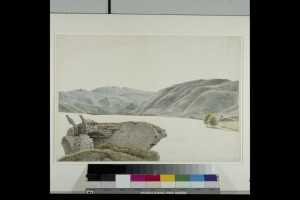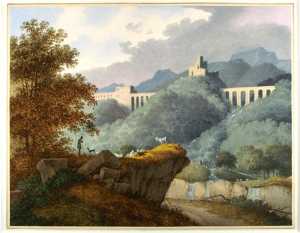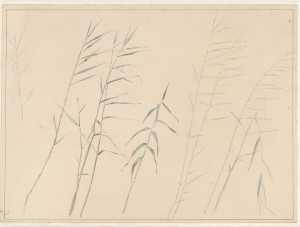Josephus Augustus Knip initially worked as wallpaper painter in the studio of his father Nicolaas Frederik. In 1801 he travelled to Paris and in 1808 won the Prix de Rome. This prize gave him the opportunity of travelling to Rome. From 1809 he lived in Italy, where he made a large number of drawings of antique monuments. Knip also drew classicistic landscapes. He often based later paintings on these sketches. In 1813 Knip returned to the Netherlands. Between 1823 and 1827 he left to stay in Paris. Some of Knip's works after 1832 had to be completed by his children because he had gone blind.

Josephus Augustus Knip
Tilburg 1777 - Berlicum 1847

















